We recently had the opportunity to interview Elton Enuede to gain insights into his journey as an experienced marketer and his role at an Insurtech company. During our discussion, we explored the challenges Insurtech firms encounter when selling insurance to Nigerians and examined various strategies to boost conversions in this complex and delicate industry, ultimately aiming to enhance bottom-line revenue.

Can you briefly introduce yourself?
Sure, my name is Elton Eneude. I’m a Growth marketer and business strategist currently working with Startup LaunchCode, a growth studio focused on tech startups and E-commerce business within and outside Africa.
I’ve gained experience across various industries, including fintech,E-commerce, climate tech, healthtech, logistics tech, transport tech, and insurtech, where I help scale brands by improving customer acquisition, conversion, and retention.
I have a strong interest in marketing science and consumer psychology, as I believe understanding behavior and what drives people is crucial. I leverage these insights to create effective marketing strategies that yield measurable results.
How many years of experience do you have in marketing?
That’s a very good question. I remember back in 2020, I was having a discussion with my friends about what exactly we wanted to do, and I realized I was interested in helping business owners launch their businesses. At that time, I had no idea about venture capital or the startup space. However, as I got more involved with startups and VC firms, I started off in venture capital.
In 2022, I made the switch to focus entirely on business growth. I concentrated on marketing that year, and ever since then, I’ve helped numerous businesses scale their customer acquisition and revenue.
In a country where people rely more on faith than insurance, how do you tailor your messaging to tap into cultural beliefs while promoting the need for coverage?
That’s a very good question. I think this is how our approach works. There’s a general mindset that the major competition for insurance firms is God, as you accurately stated. However, that doesn’t mean you should focus solely on that in your messaging to convince people.

As a marketer, I like to focus on research and experimentation rather than just assumptions. I ask myself, ‘What does my research tell me? What do I see working?’ One thing I’ve learned about consumer psychology is that there are different hooks we can leverage. I’m not saying the assumption about God being the major competition for insurance is wrong—it’s largely accurate. But when communicating the importance of insurance, we shouldn’t view it as a competition between insurance and God. Instead, we should focus on the messaging that resonates with our target audience.
In terms of hooks, there are different categories we can explore, such as the have hook, the feel hook, and the status hook. Let me come from the angle of health insurance, which is the focus of my work. We wanted to emphasize the benefits to consumers.

For example, we considered the individual and their health. You might always pray to God for good health, believing that you won’t fall sick or need medication. However, you might have seen a friend or family member who didn’t receive timely treatment, which had dire consequences. If we can communicate that in a way that resonates with consumers—connecting it to someone they know—then we can shift the perspective.
Additionally, in marketing, we have to address both B2C and B2B aspects. We faced challenges in bringing people on board as consumers, but when targeting businesses, we encouraged them to take out insurance for their employees. This approach also allowed employees to extend benefits to their close relatives, which yielded positive results for us.

Ultimately, messaging is crucial. We have our assumptions, but it’s essential to identify the best customer categories for what we’re offering. For instance, in terms of female health and hygiene, we’ve seen that targeting specific subsets of females who believe in the benefits of insurance plans and perks can be highly effective. I hope that answers your question.
What are some of the toughest challenges you face marketing insurance in Nigeria, and how do you overcome them?
So, why we tried to focus on B2B, the reason behind that is we faced major challenges in pursuing B2C. Let me give you an example of a particular scenario that happened. We were trying to onboard people for our health insurance program, so we decided to launch a campaign. The campaign was centered around an ‘Ask the Pharmacist’ initiative, where we encouraged people to ask questions related to their health.
The campaign did well in terms of engagement—people were eager to ask questions about their health. However, while it successfully drove inquiries, it was intended to be part of a larger funnel that would ultimately lead to people paying for the health insurance plan. What we discovered was that, despite the influx of questions from both men and women regarding their health, we had very few conversions when it came time for people to make their initial payment.
This highlighted a significant challenge we faced in getting people to commit financially. The initial engagement was promising, but converting that interest into actual payments proved difficult.
Do you think that the Insurtech guys have been able to crack this payment issue?
Not very much. There’s still a lot that needs to be done, and I would attribute this to the economic policies in Nigeria. If you compare Nigeria to other Western countries, they are more open to insurance; it’s somewhat imposed on you to have several insurance policies in place. Here, however, the policies and regulations surrounding insurance are less stringent, which means businesses have to work harder to convince end users. This makes it a bit more difficult.
One thing I’ve noticed that works is that while businesses are offering insurance to their end consumers, it’s not the only value they bring. This is where the perks we introduced come into play. Rather than just telling people to get health insurance, we ask, ‘What additional perks can we attach to this?’ Given the general mindset of Nigerians regarding insurance, it’s essential to provide more than just basic coverage.
For example, we focused on health and thought about what extra services we could offer. That’s how the idea of the ‘Ask the Pharmacist’ initiative came about, along with online doctor consultations and an online pharmacy for getting medications. We also implemented care assistants to check in on customers frequently. This approach allowed us to meet the specific needs of our target audience
Related: Read Pakuma’s Career Story; Lessons from a Seasoned Executive
How do you tap into emotional triggers to show people that insurance can actually offer them peace of mind without replacing their faith?
All right. So, yes, there are definitely different ways to approach this. The add-ons fall under that category. One of the major differences between B2C and B2B is that while both are selling to people, B2B audiences tend to be more logical. In B2B, you often see the same set of people repeatedly, whereas B2C audiences are more influenced by emotional triggers when making a purchase.
When I’m trying to identify emotional triggers, I focus on factors that can motivate my audience to take action, even if they don’t directly relate to their current situation. For example, we created campaigns that addressed topics people might be shy to discuss publicly. Many wouldn’t want to approach a pharmacist on the street to ask about sensitive health issues. We positioned ourselves as a safe space where individuals could discuss their health concerns and receive guidance on the next steps.

Instead of solely emphasizing the future benefits of an insurance plan, we address the immediate health issues people face now and how our insurance can provide support. That’s one angle.
Another aspect is leveraging different messaging hooks in marketing. For example, I’ve mentioned the ‘before and after’ hook, which focuses on the difference in how someone feels or their circumstances before and after using a service or product. Clearly communicating these differences has proven effective in driving engagement.
Even with the free benefits, the free education, and safe space, conversion is still low in Insurtech. What can be used to increase the conversion rate?
Some sort of offer like getting free medication for your first visit. The idea behind this is that with insurance, you’re essentially paying money now in case you encounter an issue in the future. However, the challenge lies in convincing someone that they might face a problem down the line. It’s tough to convince people they’ll have a problem in the future when they’re currently focused on hoping everything goes well.
What we do differently is target individuals who are already experiencing issues and find ways to help them solve those problems. Once we address their immediate concerns, it becomes much easier to encourage them to plan for the future.
“Don’t chase people who might have a problem in the future; chase the ones who already have the problem.” Hmm.
The idea here is that, rather than simply telling people to get insurance as a way to solve their problems, you can focus on those who are currently facing issues. Insurance often requires paying upfront for future coverage, which can be a hard sell. Instead, consider providing some services for free to attract customers. Many startups offer freebies, and while this is common, it’s crucial to find a way to ensure that these initial offerings can positively impact your baseline numbers in the future.
When it comes to insurance, we need to be strategic in how we approach payments. If you’re targeting individuals with immediate problems, it’s important to find ways to make payments easier for them. This might mean accepting that such strategies could cut into your company’s profits in the short term, but you should always have a plan in place to recover those costs in the long run.
This is a common challenge for startups. They often have a specific budget allocated for onboarding customers, but as time progresses, they need to adapt and find ways to grow their customer base and bottom line revenue sustainably.
What tips would you give entry-level marketers who are tasked with promoting a product like insurance, which is seen as ‘optional’ by many Nigerians?
I think the advice I would give to marketers, especially those starting out is to focus on two key areas: research and experimentation. When I say research, I don’t just mean Googling information or asking ChatGPT. You really need to understand the best practices and current industry standards. This should be your baseline for operations. If you do this right, you’ll find yourself operating at a level a bit comparable to experienced professionals. There are plenty of resources available to help you along the way.
Now, regarding experimentation: what worked yesterday may not work today, and what’s working now may not always be effective. You need to know how to experiment based on your research. Understanding hypothesis testing and confirming your hypotheses is essential. What works for one firm may not work for yours.

It’s also crucial to think from the perspective of your customers. What are their demographics? How are they currently thinking? What problems are they facing that your product or service can solve? Try to put yourself in their shoes. If you were in their situation, what would you need to hear?
It’s not just about hoping your product reaches people; it’s about identifying the right audience that your product can effectively help and communicating that to them. As Seth Godin describes in his book This Is Marketing, you’re not just marketing to everyone; you’re targeting the people your product can best serve.


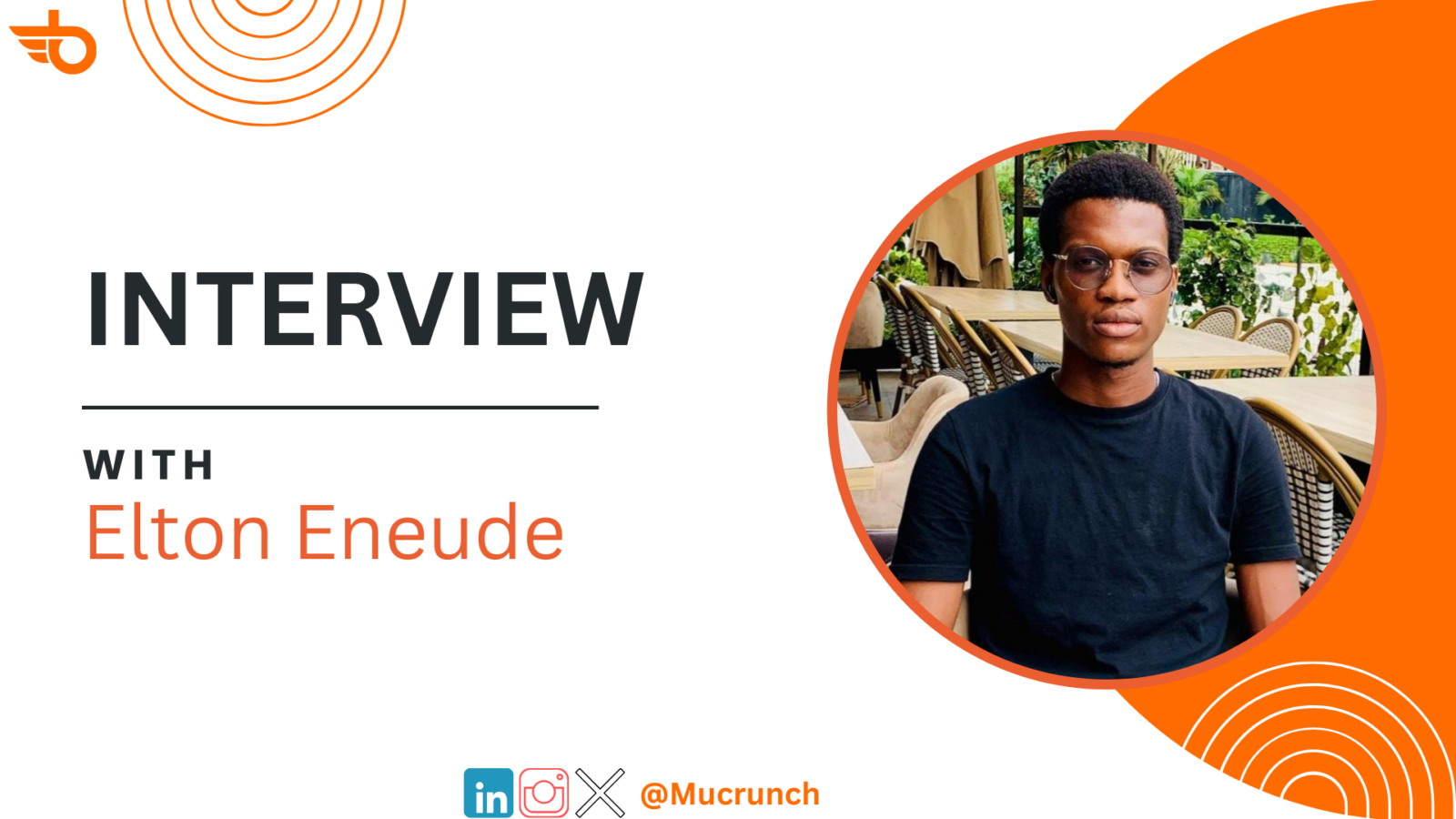
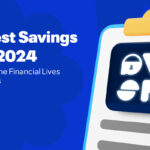

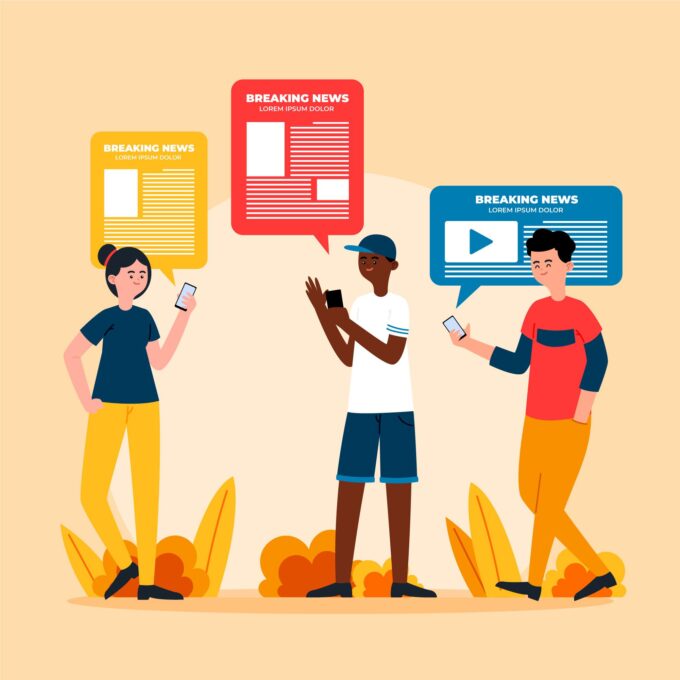
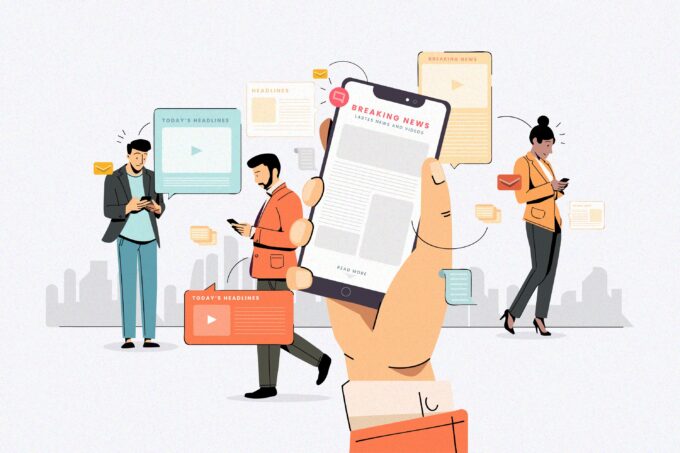
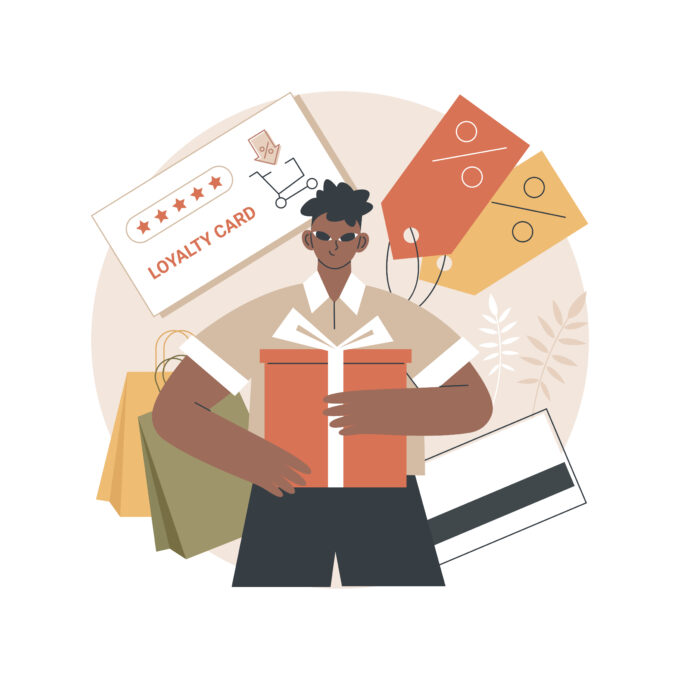
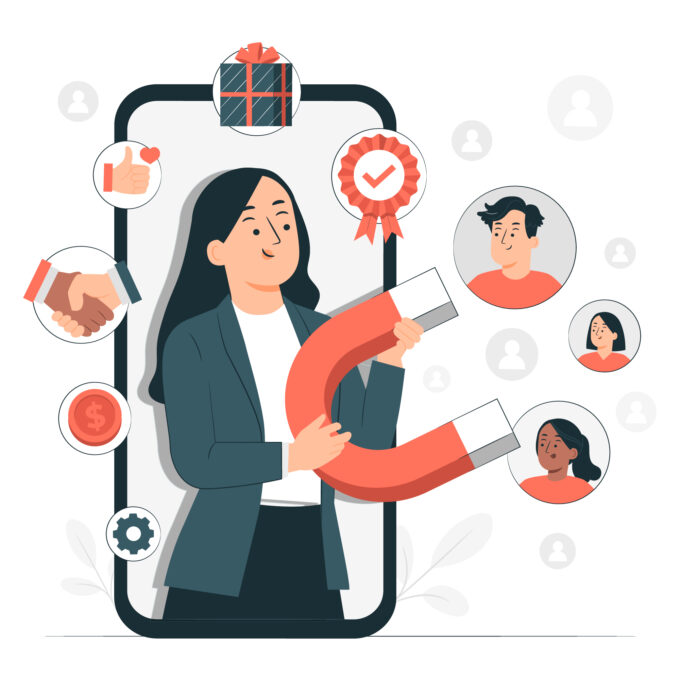
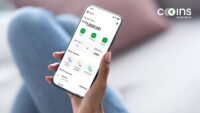
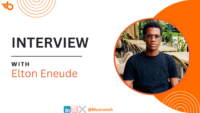
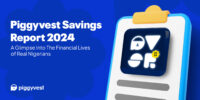
Leave a comment